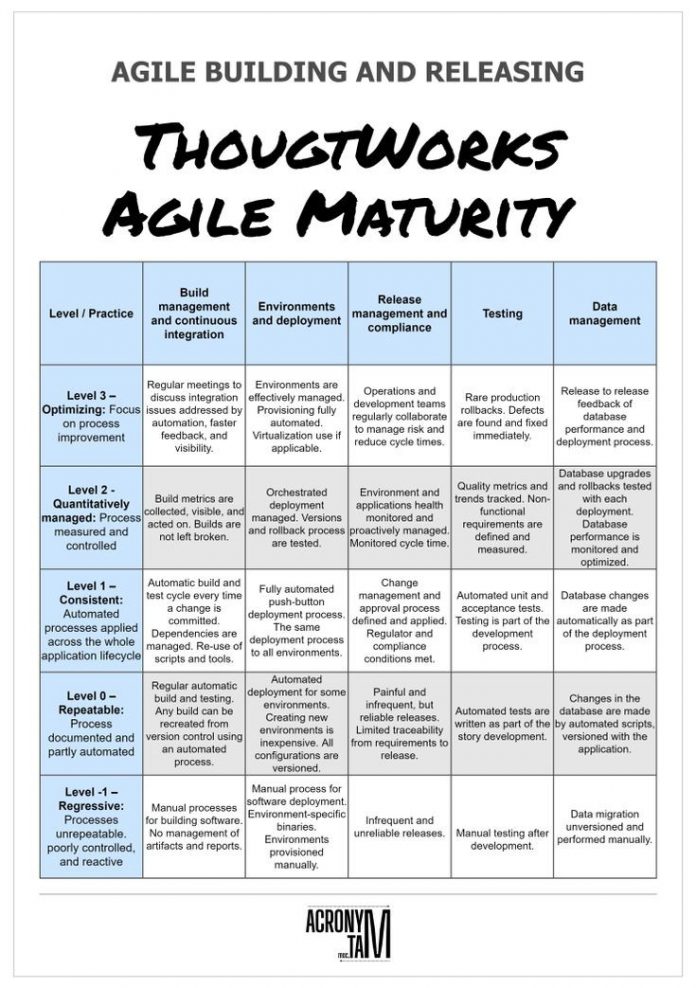Agile project management is an iterative and flexible approach to managing projects that emphasizes collaboration, adaptation, and customer satisfaction. It was originally developed for software development but has since been applied to a wide range of industries and project types.
The Agile Manifesto
The Agile Manifesto is a set of values and principles that guide the Agile approach to project management. It was developed by a group of software developers in 2001 and has since been adopted by organizations all over the world. The four core values of the Agile Manifesto are:
- Individuals and interactions over processes and tools
- Working software over comprehensive documentation
- Customer collaboration over contract negotiation
- Responding to change over following a plan
Key Characteristics of Agile Project Management
The Agile approach to project management is characterized by several key principles, including:
- Iterative and incremental delivery of value
- Flexible and adaptive planning
- Close collaboration between customers, stakeholders, and the development team
- Regular reflection and improvement
Advantages of Agile Project Management
There are many advantages to using an Agile approach to project management, including:
- Faster delivery of value to customers
- Improved collaboration and communication among team members
- Increased transparency and accountability
- Greater adaptability to changing requirements and circumstances
Common Agile Methodologies
There are many different Agile methodologies, each with its own unique approach to project management. Some of the most common methodologies include:
- Scrum
- Kanban
- Extreme Programming (XP)
- Lean
- Feature-Driven Development (FDD)
The Role of the Agile Project Manager
The role of the Agile project manager is to facilitate the Agile process and ensure that the team is following the principles of the methodology they have chosen. This includes tasks such as:
- Leading daily stand-up meetings
- Facilitating sprint planning and retrospectives
- Managing the backlog and ensuring that team members have clear priorities
- Ensuring that the team is adhering to Agile practices and values
Measuring Success in an Agile Project
In an Agile project, success is measured by the delivery of value to the customer. This may include the successful completion of sprints, the delivery of working software, and the satisfaction of the customer.
Challenges of Agile Project Management
While there are many advantages to using an Agile approach to project management, there are also several challenges that must be overcome. Some of the most common challenges include:
- Resistance to change from stakeholders who are used to traditional project management approaches
- Difficulties in estimating and planning in an Agile environment
- Maintaining team focus and motivation throughout the project
You might find these FREE courses useful:
- Agile Project: App Development Acceptance
- 6 Popular Agile Certifications in 2023
- Agile Planning for Software Products
- Agile Analytics
- Agile Development Specialization
Conclusion
Agile project management is a flexible and adaptive approach to managing projects that emphasizes collaboration, adaptation, and customer satisfaction. While there are challenges to using an Agile approach, the benefits of faster delivery of value, improved collaboration, and increased transparency and accountability make it a popular choice for many organizations. Whether you are a seasoned project manager or just starting out, understanding the basics of Agile project management will help you deliver better results for your customers and stakeholders.


